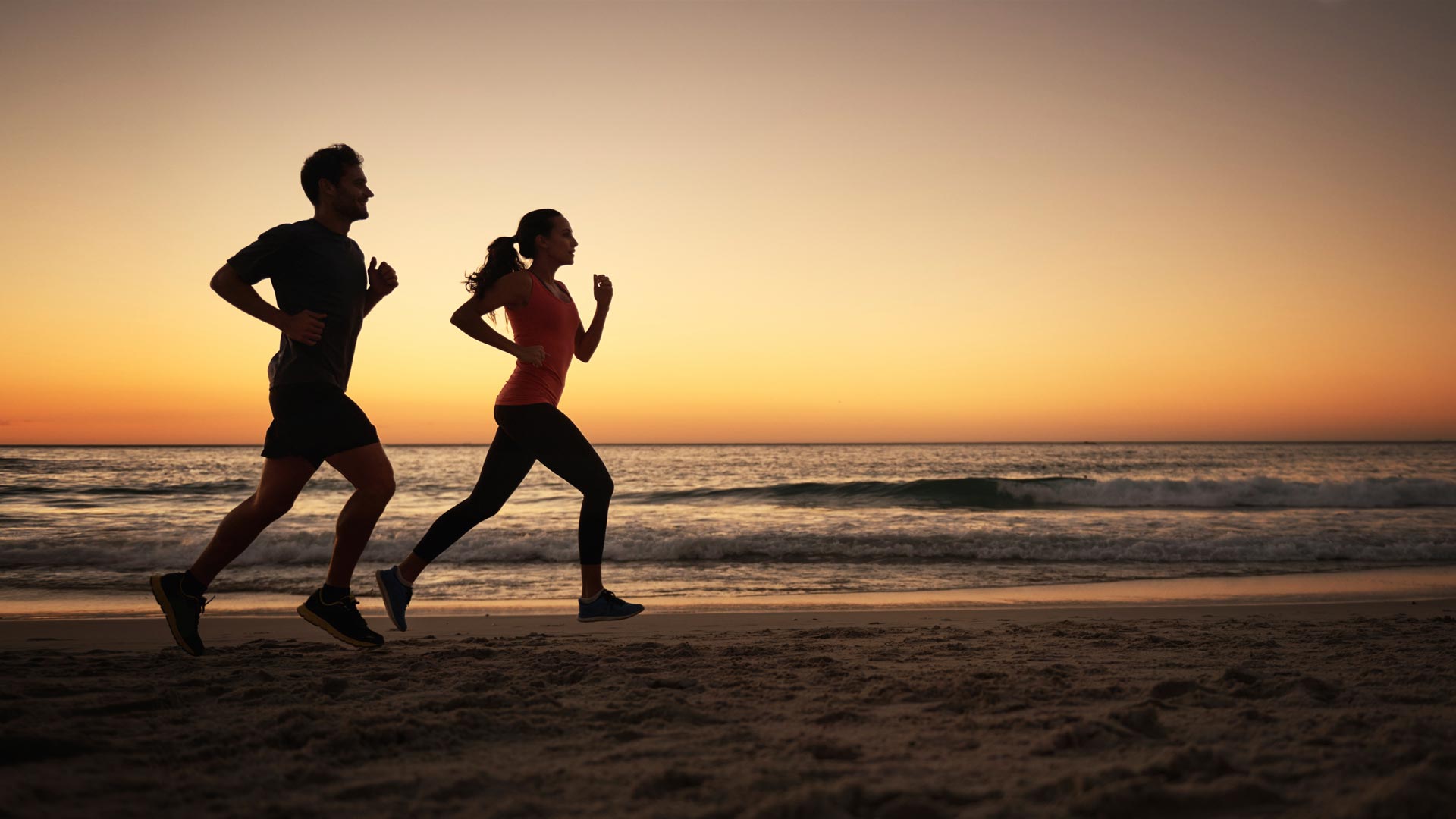
By Melanie Soer, BScKin, MPT, CGIMS, Registered Physiotherapist
Movement is essential, but…
We all know that it’s good to be active. What about when pain gets in the way?
Yes, exercise can become a source of frustration when your joints hurt. However, it is so essential to keep moving your body, and the minimum recommended by the American College of Sports Medicine is 150min/week of moderate physical activity. That is the minimum amount of movement that’s considered necessary to maintain cardiovascular health, as well as prevent and manage various comorbidities, such as high blood pressure, high cholesterol, and cancer.
You may think it sounds counterintuitive, but exercise is important when you have arthritis because it can be great for managing symptoms and slowing down the progression of it.
Benefits of exercise for arthritis
Here’s what exercise means for your joints, muscles and bones:
- Maintains cartilage health – the cartilage that covers the end of your bones (and thins with osteoarthritis or inflammation) acts like a sponge to retrieve nutrients. Movement allows the synovial fluid within your joints to circulate, nourish the cartilage and remove inflammation within the joint.
- Strengthens muscles – activity helps keep muscles that surround your arthritic joint strong. Strong muscles support your joint, reducing forces through the joint, and improves movement patterns.
- Maintains joint flexibility – if we don’t move, our joints and tissue (muscles) tend to stiffen and tighten up. This can prevent us from moving normally with ease and thus, causes more pain in our joints.
- Manages your body weight – Aside from the general health benefits of maintaining a healthy weight, it also reduces the forces through your weight bearing joints. Every pound increase forces by 4-6x through your hips and knees.
- Releases dopamine – dopamine is the “happy” hormone. It also helps counter some of those pain signals that are being sent to your brain from your arthritic joint.
Types of exercise
Finding the right types of exercise for your body is important and very individualized. What works for others, may not always work for you. To find out what is best for your body, it is advised to be assessed by a Physiotherapist who can give your specific recommendations. Generally, it is recommended to try lower impact exercises to reduce the stress being applied to your joints.
- Pole walking – Walking poles have been shown to reduce forces through the lower extremity by 40%, and get your arms involved which increases your cardio workout.
- Swimming or water exercises – working against the resistance of water is great for strengthening, as well as challenging your cardio. Being in waist deep water reduces forces by 50% in your weight bearing joints.
- Biking – biking is a great cardiovascular exercise and places less force through your weightbearing joints than walking. It also allows you to move your joints through a wide range-of-motion
- Strengthening exercises – At a gym or in the comfort of your home, there are many options available, and even some great free online classes available. Speak to your physiotherapist about what is appropriate for you
- Flexibility exercises – Yoga, stretching, range-of-motion… From the gym, class, or home these can all be done. Speak to your physiotherapist about what is appropriate for you.
Can you overdo it?
Short answer: yes. However, learning to identify your body’s signals for when you’ve done too much is a part of the process when engaging in activity. This also varies depending on whether you have an inflammatory arthritis (an autoimmune condition) or osteoarthritis.
If you are unsure what your diagnosis is, please speak with a health care professional such as your family doctor or physiotherapist.
In the meantime, try this
- The 2-hour rule: if you have osteoarthritis, some discomfort with exercise can be expected. Once you have finished your activity, your increased discomfort should settle down within 2 hours. If not, this is a sign you “over-did it” and need to modify your activity.
- Keep pain less than 4/10: Rating pain is a subjective experience and your 4/10 may be different from someone else’s. However, it has been recognized that by maintaining our pain and discomfort below a 4/10, your pain will be more manageable and controllable by using various pain management techniques E.g. heat, cold, rest breaks, bracing
- Don’t increase pain by more than 2 points: If your baseline level of pain is already above a 4/10, movement is still important! Try starting with gentle range of motion, or activities with less weight bearing (your Physiotherapist can help you determine what these are). As you move your body, try to keep your pain from increasing more than 2 points above your baseline rating.
- Respect pain boundaries: Exercising with arthritis will not always be pain free, however, this does not mean we follow the “No pain, No gain” philosophy. This is important for individuals with an Inflammatory arthritis condition, or if you notice a significant increase in pain, swelling, or decreased function after activity. Begin moving within your boundaries of pain, rather than pushing through the pain. You may find that your movement begins to improve!
Please remember that these are all general recommendations and of course, we are each unique and so is our experience with exercise when we suffer from arthritis. If you need further specific advice to help you reach your movement goals, reach out to speak with a physiotherapist.
Happy Exercising!
Tags: exercise, osteoarthritis, pain management, physical activitygement
Add Comment